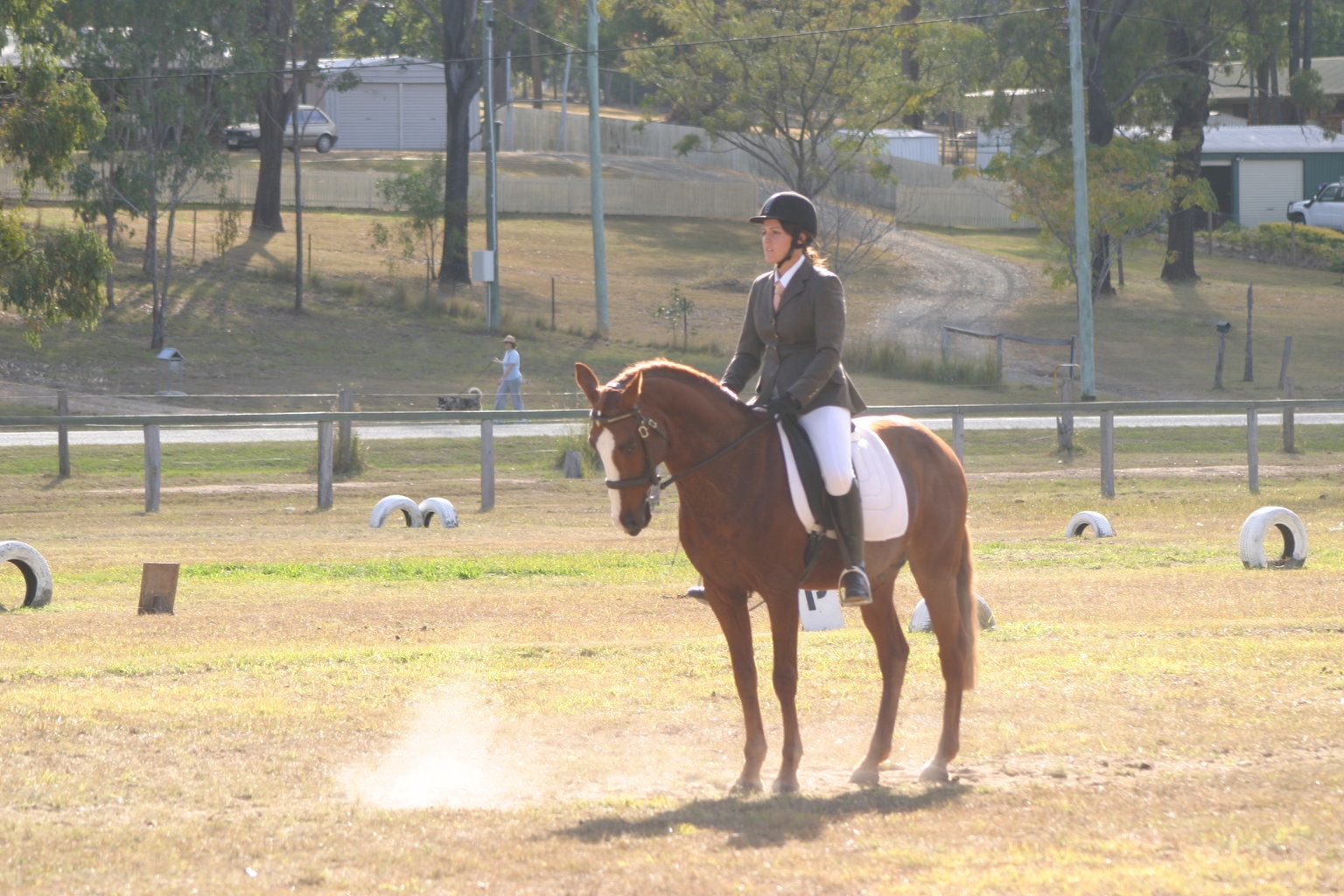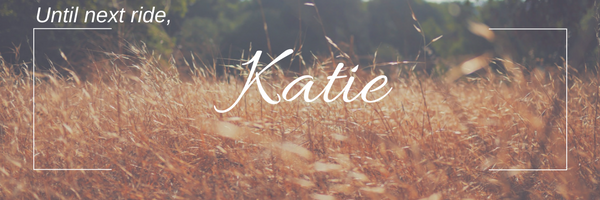The Art Of Dressage
When both horse and rider flow together as a single unit in a dressage test, do you know the real reason why?
Perfecting your seat is the true art of dressage.
Understanding your aids,
Developing a 2 way conversation and
Conditioning your horse to be an athlete
All of these play a vital role in dressage - but when we think about dressage as a dance of the horse and rider, it really all comes down to your seat.
In the beginning of our riding careers, our aids are big, loud and obvious so that they are clear to our horse that that is what they should be responding to and how. Resistance from our horse is their way of teaching us where there are gaps in their training or conditioning and they also are big and loud in the beginning or if we haven’t been listening.
Slowly over time, we refine these aids to be so subtle that others can’t see them. The body of the rider and the body of the horse unite in one fluid, dynamic movement.
This doesn’t mean that we don’t move. If you think about 2 dancers dancing together and one was just standing still it would be pretty silly. It means that the horse is cued in and understands the lightest touch of the leg or squeeze of the rein but also, and more importantly, the action and the movement of the seat.
The seat describes:
direction,
angle,
shape,
how long or short to make the stride,
how quick or slow,
what pace they should be in,
how much lift,
how much ground coverage,
to rebalance,
to get ready for something different or
to execute a change in movement.
To achieve this subtly in our training, our foundations have to be so solid.
The horse has to know how to learn, how to tune into a cue but to really get this quality, our horse needs to enjoy moving and enjoy its job. If we take our time with our development, training and connection in the beginning they can easily move forward in the training scale and execute the more difficult exercises with grace and ease when they are enjoying the dance.
Develop your horse’s foundations and your seat by enrolling as a student in the Green to Self Carriage Online Training Course
The secret formula to riding a square halt
Do you know the real secret of placing your horse in a square halt?
Do you know the real secret behind riding a square halt on your horse?
One of the things we get critiqued on in a dressage test is how to ride a square halt.
There’s a good chance that before you did your first dressage test your didn’t even know what a square halt was – you were just stoked that your horse stopped! (hopefully).
How do I make my halt square?
When I was first trying to figure this out, early in my dressage career, I would practice by going down the centre line and taking a peak over the shoulder. Darn, halt not square!
This resulted in me being at the halt and tapping on that leg, giving the horse a little niggle to move it into the square position – then the horse would walk off again. ARGH!
Here the standing base is narrow as he starts coming back into work before the shoulders and chest start developing
I’ve been doing a lot of research to see what other instructors advise, and it has a lot to do with the seat and riding the seat through, cuddling with your calves etc.
But that isn’t what I believe.
If you think about why we want a square halt in the first place it’s because we’ve correctly applied the training scale. It’s the founding basis of dressage, after all!
In doing this:
This mare is starting to square out and transfer weight onto her haunches from conditioning work
The horse is moving the weight onto the hind while distributing the weight across all four legs evenly
Engaging the stomach muscles
Showing relaxation
Showing swing
And still breathing
So my standard for a square halt is not because you are holding the horse there, but because the horse has engaged it’s postural muscles and is holding its’ own posture.
You want to see your horse standing square when you untack them. You want them to be standing square when you tack them. You want them to be standing square when you mount them, when you handle them, when you move them around. That’s an indication that when you are training them, you are getting them to use their posture correctly and distribute their weight across all four legs.
A proper square halt applied in a dressage test
If they are not standing square, if they are standing with one leg in front of the other, it’s a good indication of where you are going wrong (and need to improve) in your training, which is currently allowing them to work crooked.
If they are worked crooked, they are not going to stand square.
This expectation of your horse being able to distribute its’ weight across all 4 limbs evenly is the foundation of our training in Preliminary Dressage. Because it teaches our horse how to transfer its’ weight onto the back and hold the weight evenly on all four legs, and then how to pick its’ own body up into self carriage before we start asking it to collect.
One of the things that is often missed in Prelim is that we make the horses frame by holding the horses head down and using the whip to drive horse into our hands.
What we want to do is to be using our training exercises that develop the horses musculoskeletal system so it is balanced and even throughout its body, which result in it being able to hold its own posture and drive into our hands.
I don’t care if your horse can stand square because you put it there. I care if your horse can stand square because it put itself there.
That is the result of your conditioning, training and using your exercises to get your horse to engage its’ hind quarters, start transferring the weight onto its’ hindquarters, use its’ stomach muscles, start engaging in flexing its muscles along its back so that it is travelling forward with relaxation and swing and developing even thoroughness through each shoulder.
Obviously, using your seat, legs and hands correctly all play a role in this, but you learn about that when you learn how to ride your horse into contact anyway. If you are learning how to use your seat to ride your horse into your hands, you are learning how to use your seat to ride a halt. If you are learning to use your legs to ride your horse into your hands and learning to use your hands to ride into contact, you know how to ride a square halt because you are working the horse squarely into your hands.
Your posture is extremely important here, and there are some tips and tricks to help you in our 3 weeks to improving your riding course (click on the image to find out more), to help you use your seat properly.
We are also working on our Foundations of Equine Development: Green to Self Carriage, which is all the exercises I use to get your horse working correctly into contact, into your hands, teaching the horse how to put its weight into its haunches and how to distribute its weight across all four legs, whilst being in contact and self carriage. Make sure you are on our email list to get information on this courses release.
Looking for more specific content?
Have a question you are seeking answers to? Send us a message and we will create a blog!







